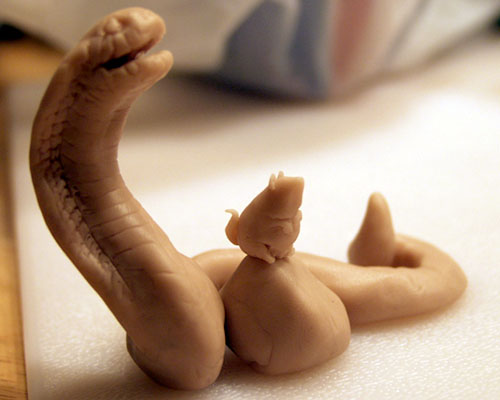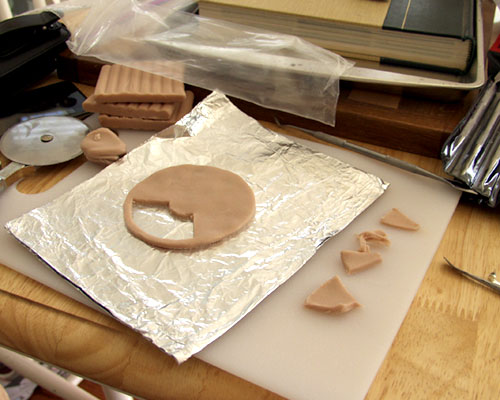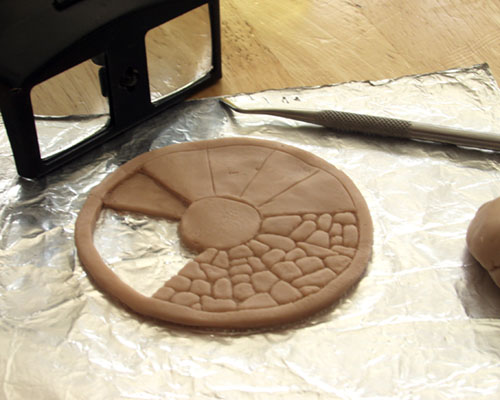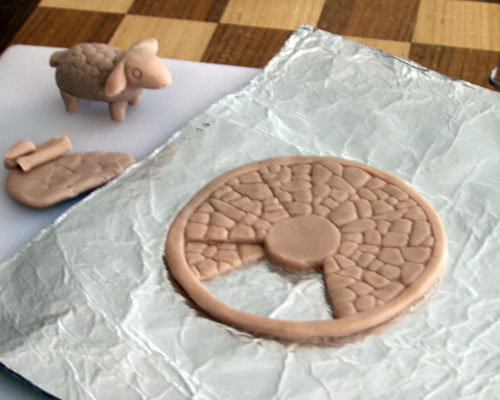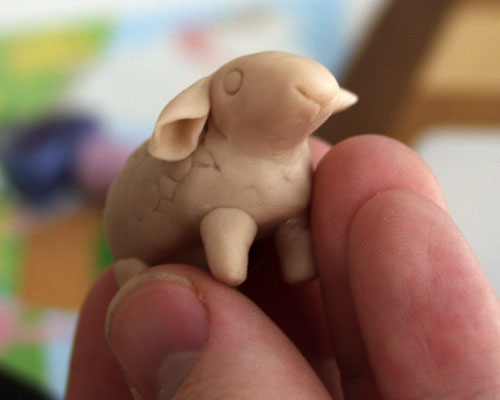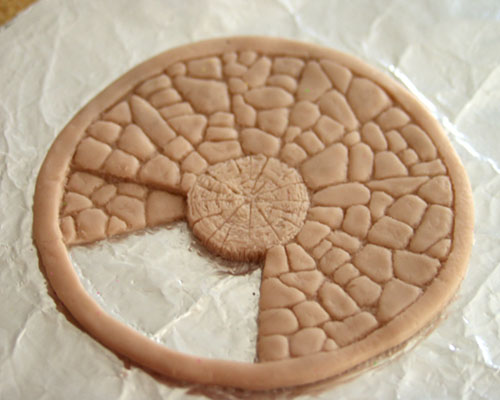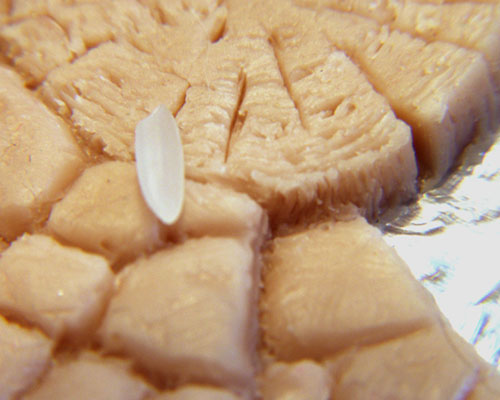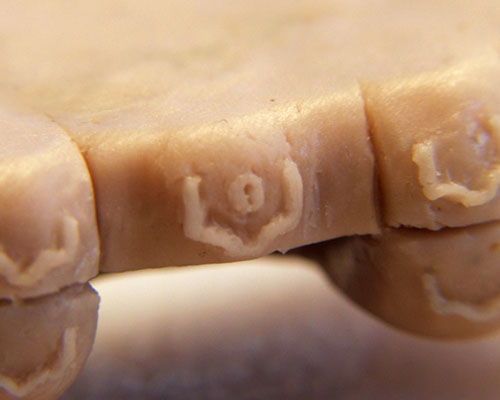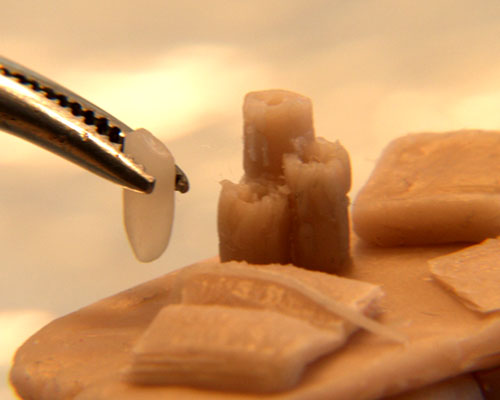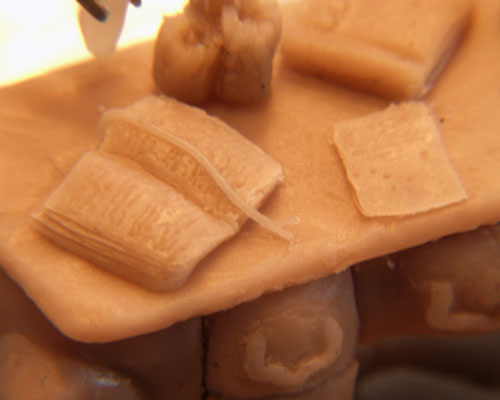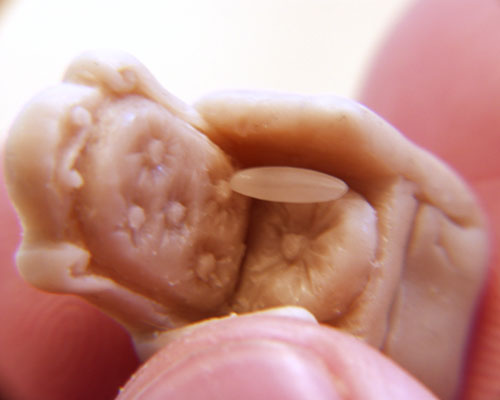Growing up I always marked August 12th on my calendar as the peak of the annual Perseid meteor shower ever since I read about it in a magazine (I believe it was National Geographic, but I don’t remember with great certainty). Only once though did I really manage to immerse myself in it, pulling an all-nighter with my brother and a couple of our friends in their backyard (I think I was about 10; this was also the night when I stepped in dog poop in my socks, so it was memorable all around).
I remember speculating (repeatedly and I’m sure very annoying to the others who were all older than myself) about how fast the meteor fragments must have been going, and what it would mean if you saw one that just grew into a larger point instead of streaking, and OH WOW DID YOU SEE THAT ONE IT MUST HAVE BEEN THE SIZE OF A HOUSE because something was exceptionally bright, etc. We had a single pair of binoculars amongst us and enjoyed some stargazing along with the spectacular show.
As years passed I made fleeting attempts but usually had something else going on or not a good opportunity to observe (bad lighting conditions, full moon, poor location, etc.). This year being a moonless night I decided to give it a go again, and combine it with some fun star gazing using my recently inherited 8″ Newtonion telescope.
My location was still terrible, with streetlights within 150′ of where I was standing. I positioned myself in an empty field behind the house simply for a better vantage of the sky despite all the light pollution surrounding me (and drifting up in the northern sky from the nearby semi-urban metropolises). That telescope just drinks in light though, especially with a good eyepiece that takes advantage of the field of view. Whereas I could only dimly perceive the band of the Milky Way unaided, I pointed the scope at any random patch of sky and was astonished and delighted with the awesome proliferation of stellar pinprick.
I refamiliarized myself with the constellations for navigation (handy iPod app for that) and generally played around for a few hours outside (and also learned that with a 10mm objective lens I can read billboards from over 4 miles away, wavering heat currents notwithstanding). I managed to see four or five really good shooting stars, picked out some Messier objects, and bided my time until Jupiter made it above the eastern mountains (which took an awful long time, on account of I live part way up the slope of those mountains). I’ve been able to do some meager planetary spotting with the new scope so far, with Venus, Mars, and Saturn making wonderful early-evening appearances throughout the summer, but I really wanted to see what kind of detail I could get out of Jupiter.
Turns out, an awful lot. I should have waited for it to get higher in the sky so as to minimize the atmospheric distortion, but as it was I could still make out a prominent equatorial band on the gas giant and 4 of its moons: Callisto, Ganymede, Io, and Europa. The sheer brightness of Jupiter made it difficult to see enough contrast to really appreciate the detail (that, and the aforementioned distortion) but it was an awesome experience all the same.
I’m hoping to take the 10″ scope out one of these days soon and put it through its paces – I’m getting some weird refraction artifacts with it right now, but that’s shooting through a window (a double pane window with decorative metal band squares throughout) in the master bedroom where I’ve been servicing it; hopefully it’s just the window, but I want to make sure (and yes, it’s been properly columnated insofar as I can determine).
My goal is also to eventually get a more complete set of eyepieces, ranging from 25mm to 4mm, and a good Canon lens adapter so I can borrow Rachelle’s EOS 5D Mark II and get into some serious (well, as serious as an amateur can expect to be) astrophotography under way.
Geeking out, rockin’ the blog at 1:30 in the morning.
